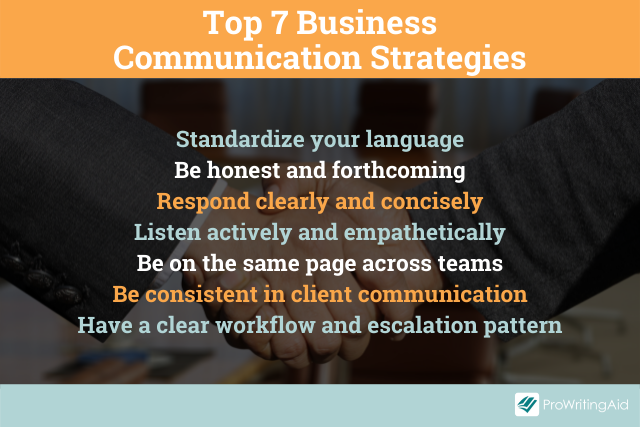Effective communication is the foundation of strong relationships, whether personal or professional. Open communication fosters trust, understanding, and collaboration, making it easier to navigate conflicts, share ideas, and build lasting connections. This article explores the importance of open communication, its benefits, and practical strategies to enhance communication skills and strengthen your connections with others.

Understanding Open Communication
Open communication involves sharing thoughts, feelings, and information honestly and transparently. It requires an environment where individuals feel safe to express themselves without fear of judgment or retaliation. Open communication is not just about talking but also about actively listening and engaging with others’ perspectives.
The Benefits of Open Communication
1. Builds Trust
Open communication fosters trust by demonstrating transparency and honesty. When individuals openly share their thoughts and feelings, they create a sense of reliability and integrity. Trust is crucial for strong relationships, as it encourages people to be more open and cooperative.
2. Enhances Understanding
Effective communication helps clarify expectations and reduce misunderstandings. By expressing thoughts and feelings clearly, individuals ensure that everyone is on the same page. This mutual understanding helps avoid conflicts and promotes a collaborative environment.
3. Strengthens Relationships
Open communication strengthens relationships by encouraging empathy and emotional connection. When individuals feel heard and understood, they are more likely to engage positively and work towards common goals. This emotional bond enhances the quality of interactions and deepens connections.
4. Facilitates Conflict Resolution
Conflicts are inevitable in any relationship, but open communication can help resolve them constructively. By addressing issues openly and respectfully, individuals can identify the root cause of conflicts and work together to find solutions. This approach prevents misunderstandings from escalating and fosters a positive resolution.
Strategies for Effective Open Communication
1. Practice Active Listening
Active listening involves fully concentrating on the speaker, understanding their message, and responding thoughtfully. Show that you are engaged by nodding, making eye contact, and providing feedback. Active listening demonstrates respect and helps you grasp the speaker’s perspective more accurately.
2. Be Honest and Transparent
Honesty and transparency are essential for open communication. Share your thoughts and feelings openly, and encourage others to do the same. Avoid withholding information or being evasive, as this can create distrust and hinder effective communication.
3. Ask Open-Ended Questions
Open-ended questions encourage detailed responses and facilitate deeper conversations. Instead of asking yes/no questions, frame questions that invite elaboration. For example, instead of asking, “Did you like the project?” try, “What aspects of the project did you find most valuable?”
4. Provide Constructive Feedback
Constructive feedback helps individuals understand their strengths and areas for improvement. When giving feedback, focus on specific behaviors and their impact, rather than making personal criticisms. Use positive language and offer suggestions for improvement.
5. Create a Safe Environment
A safe environment encourages open communication by making individuals feel comfortable sharing their thoughts. Foster an atmosphere of respect and non-judgment, where everyone feels valued and heard. Encourage open dialogue and address any concerns or issues promptly.
6. Be Mindful of Nonverbal Cues
Nonverbal communication, such as body language and facial expressions, plays a significant role in how messages are received. Ensure that your nonverbal cues align with your verbal messages. For instance, maintain open body language and avoid defensive gestures.
Conclusion
Building stronger connections through open communication requires honesty, active listening, and a respectful approach. By practicing effective communication strategies and creating a supportive environment, you can enhance relationships, foster trust, and facilitate meaningful interactions. Embracing open communication as a core principle in your interactions will lead to more robust and fulfilling connections, both personally and professionally.



